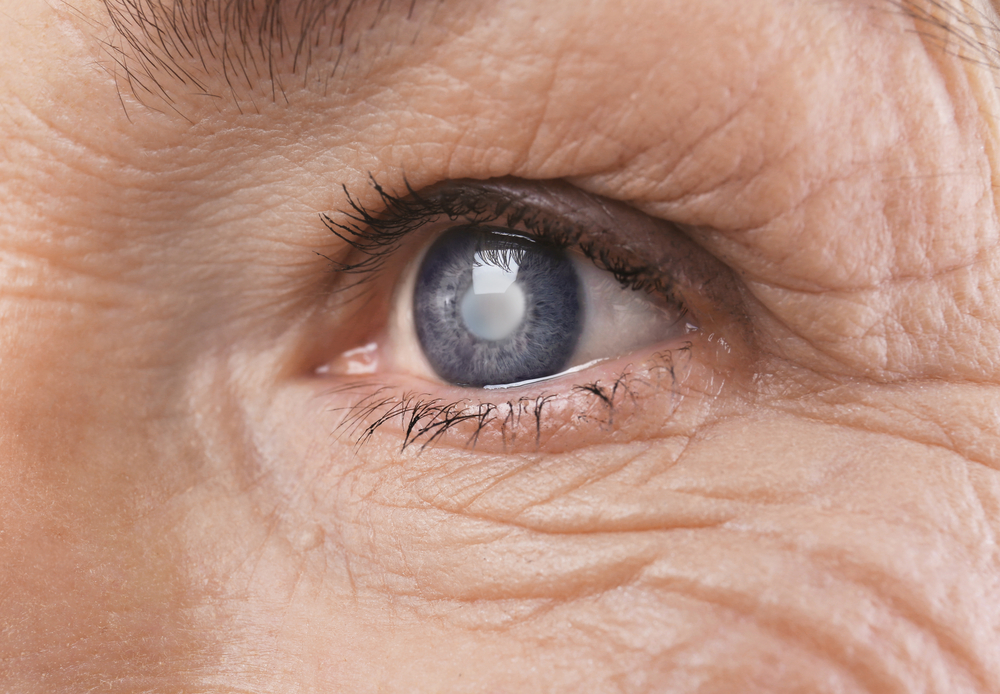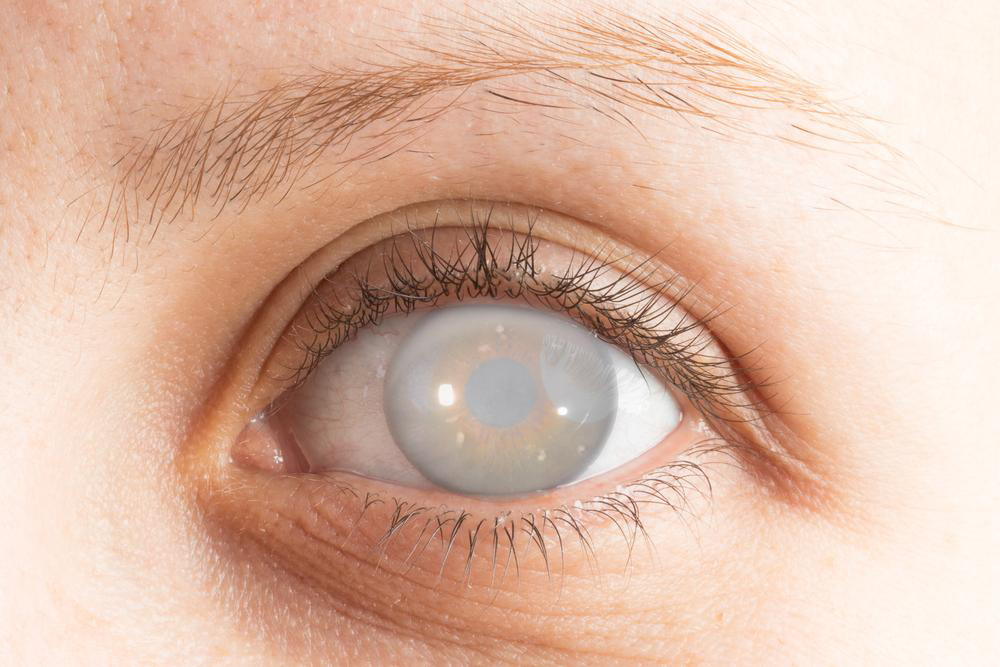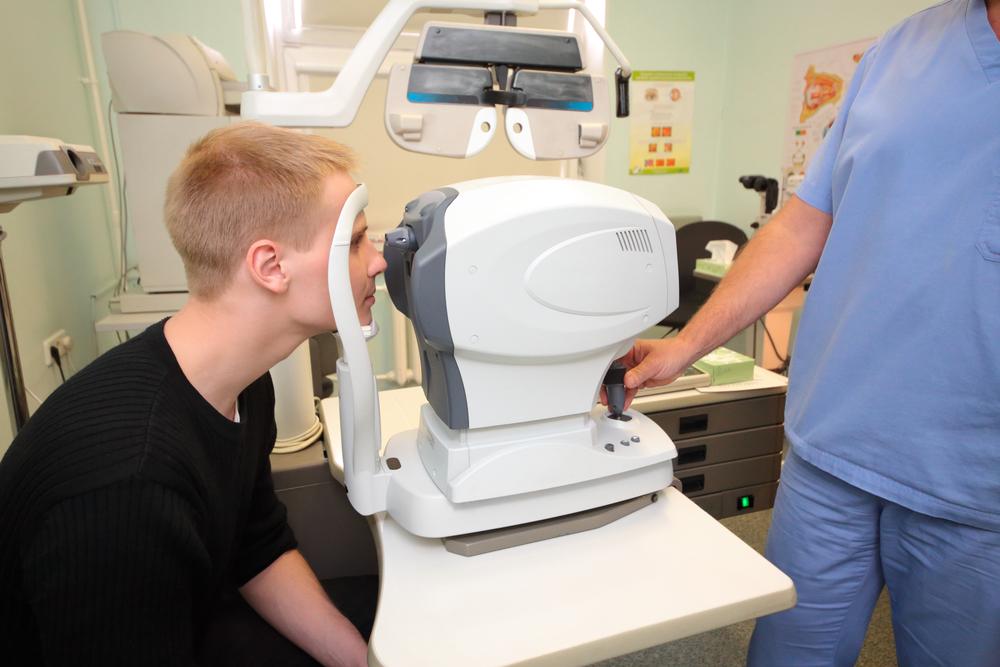Comprehensive Guide to Cataracts: Causes, Symptoms, and Effective Treatments
This comprehensive guide provides in-depth information about cataracts, including their causes, symptoms, types, and modern treatment options. Emphasizing early detection and prevention, the article aims to increase awareness and encourage timely medical intervention to maintain good eye health and prevent vision loss.

Comprehensive Guide to Cataracts: Causes, Symptoms, and Effective Treatments
Cataracts represent one of the most common eye conditions worldwide, predominantly affecting individuals as they age. This condition involves the clouding of the eye's natural lens, leading to decreased vision and, if left untreated, potentially resulting in significant visual impairment or blindness. Understanding what causes cataracts, recognizing their symptoms early, and knowing the available treatment options are essential for maintaining good eye health and quality of life.
The development of cataracts is a gradual process, often unnoticed in its initial stages. The cloudiness occurs because of protein deposits accumulating within the lens, which interfere with light passing through to the retina. This process causes visual distortions such as blurriness, glare, and reduced color perception. The term "cataract" is derived from the Greek word meaning a flowing or opaque stream, aptly describing the lens's cloudy appearance.
While age remains the most significant risk factor, other elements contribute to cataract formation. These include chronic medical conditions like diabetes, lifestyle choices such as smoking, prolonged exposure to ultraviolet (UV) sunlight, and genetic predispositions. The types of cataracts are classified based on their location and appearance: subcapsular, cortical, and nuclear cataracts, each with unique characteristics and progression patterns.
Early symptoms of cataracts are often subtle and may include mild blurriness, difficulty seeing at night, increased glare from lights, and fading of colors. As the cataract matures, vision deteriorates further, making everyday activities like reading, driving, and outdoor activities challenging. This gradual decline emphasizes the importance of regular eye examinations, especially for those at higher risk.
Fortunately, modern medical advancements have made cataract treatment highly effective. The most common and definitive treatment is surgical removal of the cloudy lens, replaced with an artificial intraocular lens (IOL). Cataract surgery typically boasts high success rates, minimal risks, and quick recovery times, restoring clear vision for most patients. Non-surgical options, such as prescription glasses and magnifying lenses, may temporarily improve vision but do not address the underlying clouding of the lens.
In addition to surgery, preventive measures can significantly reduce the risk of developing cataracts. Wearing UV-protective sunglasses, quitting smoking, managing health conditions like diabetes, and maintaining a balanced diet rich in antioxidants support eye health. Regular eye check-ups are crucial for early detection and intervention, preserving vision and overall well-being.
In conclusion, cataracts are a common but manageable condition, especially with early detection and appropriate treatment. Awareness of the causes and symptoms allows individuals to seek timely medical advice, potentially avoiding severe vision loss. As research continues and surgical techniques improve, the future of cataract management remains promising, helping millions worldwide see clearly and live better lives.





